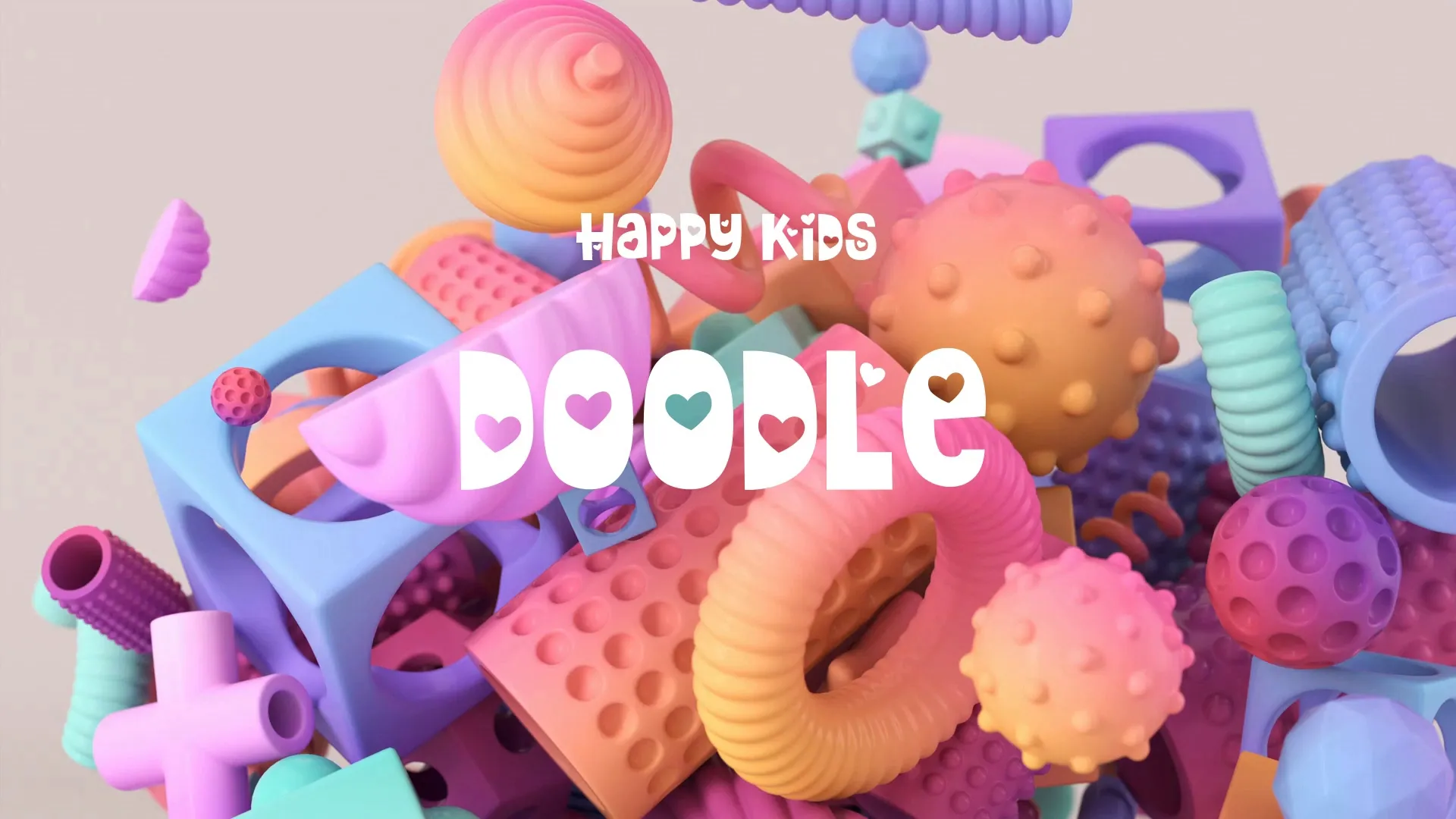Beyond Free-to-Play: Innovative Monetization Models for Indie Games
Indie game developers often default to free-to-play, but this model is not a universal solution for sustainable revenue. Exploring diverse monetization strategies can significantly impact a game’s financial viability. This article delves into models that offer alternatives and complements to traditional free-to-play approaches, providing a clear pathway to a robust pricing strategy.
The Premium Price Point: Embracing Value
Selling your game at a premium price signals confidence in its quality and offers a straightforward transaction for players. This model thrives on delivering a complete, satisfying experience without hidden costs or ongoing monetization pressure. Focus on a strong launch, excellent reviews, and clear communication about the value offered for the price.
A common pitfall is underpricing due to fear of not selling enough copies. Research similar games, understand your production costs, and consider the perceived value of your unique features. A higher price can sometimes attract players who value quality over quantity.
Subscription Models: Building Recurring Engagement
While less common for single-player indie titles, subscription models can work for games with continuous content updates or persistent multiplayer elements. Players pay a recurring fee for access, often including exclusive content or early access to new features. This creates a predictable revenue stream, enabling long-term development plans.
The challenge lies in consistently delivering new value to justify the ongoing cost. Without a steady stream of engaging updates, subscribers will churn. Ensure your game design process supports a content pipeline that can sustain this model.
Cosmetic DLC: Enhancing Without Interfering
Cosmetic downloadable content (DLC) allows players to personalize their experience without affecting gameplay balance. This model is effective because it appeals to player self-expression and fandom, offering optional purchases that do not create a ‘pay-to-win’ scenario. Character skins, emotes, and visual effects are prime examples.
Avoid creating essential gameplay elements as paid cosmetics, as this can lead to player frustration and accusations of nickel-and-diming. The key is to offer compelling visual upgrades that players genuinely desire, rather than feel compelled to buy. Ensure your assets are high-quality and add genuine aesthetic value.
Battle Passes: Rewarding Progression and Commitment
Battle passes offer players a structured progression system with a free and a premium track, unlocking rewards as they play. This model drives engagement by incentivizing regular play and provides a clear upgrade path for those willing to pay for additional cosmetics and items. It works best in games with strong replayability and a clear sense of player progression.
The main pitfall is designing a battle pass that feels like a grind or offers undesirable rewards. The free track must be rewarding enough to encourage participation, and the premium track needs to deliver substantial value. Balance the time commitment required with the perceived worth of the rewards.
Crowdfunding as a Pre-Sale: Gauging Interest and Funding Development
Platforms like Kickstarter or Indiegogo can serve as powerful pre-sale tools, allowing you to secure funding directly from your audience before release. This not only provides capital but also validates market interest and builds a community around your game. Offering exclusive tiers and early access can be highly motivating for backers.
Managing expectations and delivering on promises are crucial. Over-promising or failing to communicate transparently can damage your reputation. Use these campaigns to build a loyal fanbase who are invested in your success. For a broader perspective on financial realities, consider reading ‘Realistically, How Much Does an Indie Game Dev Make Per Year?’ to align your expectations.
Integrating Models into Your Game Design Process
Successful monetization is not an afterthought; it is an integral part of the game design process. Consider which models align with your game’s genre, mechanics, and target audience from the outset. A thoughtful integration ensures that monetization enhances, rather than detracts from, the player experience. For estimating potential earnings from different pricing strategies, Wayline’s Forecast tool can help predict revenue, taxes, and profits.
Conclusion
Moving beyond a singular free-to-play mindset opens up a wealth of opportunities for indie game developers. By exploring premium pricing, subscription models, cosmetic DLC, battle passes, and crowdfunding, you can craft a sustainable revenue generation strategy. Each model requires careful consideration and integration into your overall game design, but the potential for long-term financial viability is significant. Diversify your approach and focus on delivering value to your players, and your game will thrive.
Create a free account, or log in.
Gain access to free articles, game development tools, and game assets.














.webp)


.webp)





